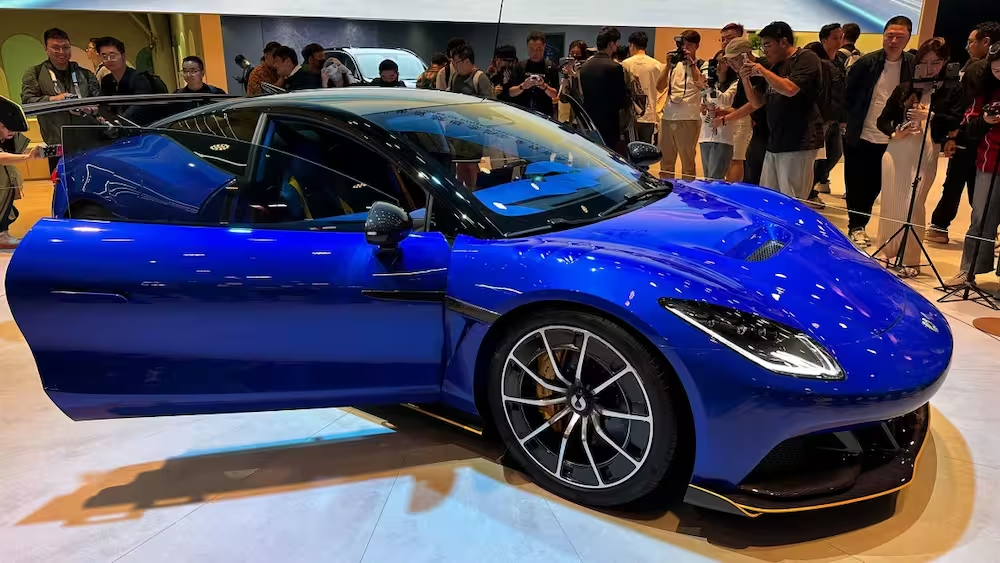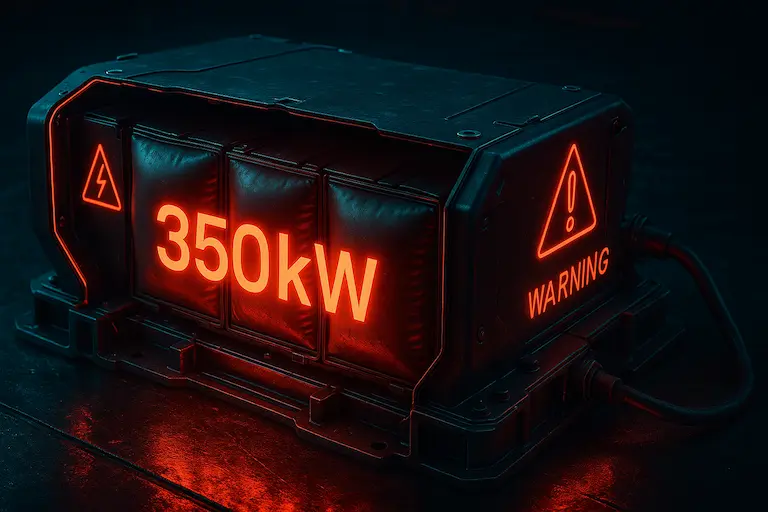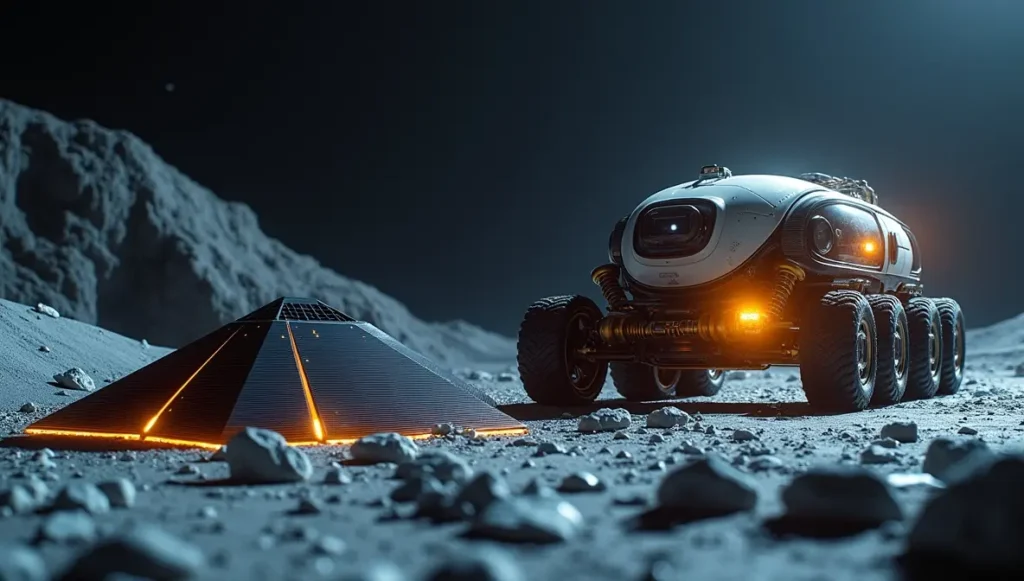The Price-Performance Paradox
Imagine an electric sports car with Porsche 911 looks, Tesla Roadster speed, and a price tag under $41,000. Sounds impossible? Not anymore.
BYD’s Denza Z—a new concept EV from Tesla’s biggest Chinese rival—is here to prove that high-performance electric driving doesn’t have to cost a fortune. With a tri-motor system, AI-powered steer-by-wire, and track-ready handling, this car isn’t just competing with Tesla and Porsche—it’s rewriting the rules of affordable performance EVs. But can it really deliver? Let’s break it down.

1. Denza Z’s Game-Changing Features
🔋 Tri-Motor Powertrain (Likely 1,000+ HP)
- Based on BYD’s Z9 GT specs (952 HP), the Denza Z could push over 1,000 horsepower—putting it in Tesla Roadster territory.
- Torque vectoring enables precision cornering, making it a legitimate track car—not just a fast straight-line cruiser.
🤖 AI Steer-by-Wire (No Mechanical Linkage)
- No steering column—just electronic signals for millisecond response times.
- Enables fold-away steering wheel (like Tesla’s yoke, but more advanced).
- Could allow future autonomous driving modes without traditional controls.
🛠️ Magnetorheological Dampers (Ferrari-Level Suspension)
- Adjusts suspension stiffness in 10 milliseconds—faster than a human blink.
- Delivers “buttery smooth” ride quality while staying razor-sharp in corners.
🚀 Futuristic Design (Cab-Forward, Retractable Wing)
- Aggressive cab-forward stance (similar to a mid-engine supercar).
- Retractable rear wing for downforce at high speeds.
- Minimalist interior with a rotating touchscreen (like BYD’s other models).
2. The Affordability Factor: How BYD Does It
💰 $41,000 Price Tag (vs. Tesla Roadster’s $200K+)
The Denza Z is priced less than half of a base Porsche 911 and a fraction of the upcoming Tesla Roadster.
🔋 BYD’s Cost Edge: Vertical Integration
- In-house LFP Blade batteries (cheaper, longer-lasting than Tesla’s NCA cells —here’s how to extend battery life even further).
- Chinese supply chain savings (no import tariffs on key materials).
⚡ Maintenance & Ownership Savings
- No oil changes (obviously).
- Lower charging costs vs. gas (especially with home solar).
- Tax incentives in Europe/China (though likely not in the U.S. due to tariffs).
3. Challenges & Skepticism
⚠️ Build Quality & Reliability
- BYD has had mixed reviews on fit-and-finish (though recent models are improving).
- Steer-by-wire tech is unproven at scale—what if the system glitches?
🌍 Limited Global Availability
- Likely China & Europe first (U.S. buyers may never get it due to 100% import tariffs).
- Will it meet EU/US safety standards?
🔌 Charging Network (Tesla Still Leads)
- BYD doesn’t have its own Supercharger-like network yet.
- Relies on third-party charging in most markets.
4. Why This Matters for the EV Industry
🚀 Forces Tesla & Porsche to Accelerate Affordability
- If the Denza Z delivers, Tesla may need to rethink Roadster pricing.
- Porsche’s electric 911 (coming 2026) now has serious competition.
🌱 Democratizes Hypercar Tech
- Tank turns, AI suspension, and steer-by-wire were once exclusive to million-dollar EVs.
- Now, they’re trickling down to $40K cars.
♻️ Sustainable Performance?
- Uses BYD’s LFP Blade batteries (cobalt-free, more recyclable).
- Could push other automakers to adopt cleaner battery tech.
Final Verdict: Is the Denza Z the Future?
The Denza Z isn’t just another EV—it’s a statement from BYD that affordable performance is possible.
✅ If it delivers on promises, it could disrupt Tesla and Porsche.
❌ But if quality or tech falters, it may remain a niche player.
One thing’s certain: The EV arms race just got more interesting.



